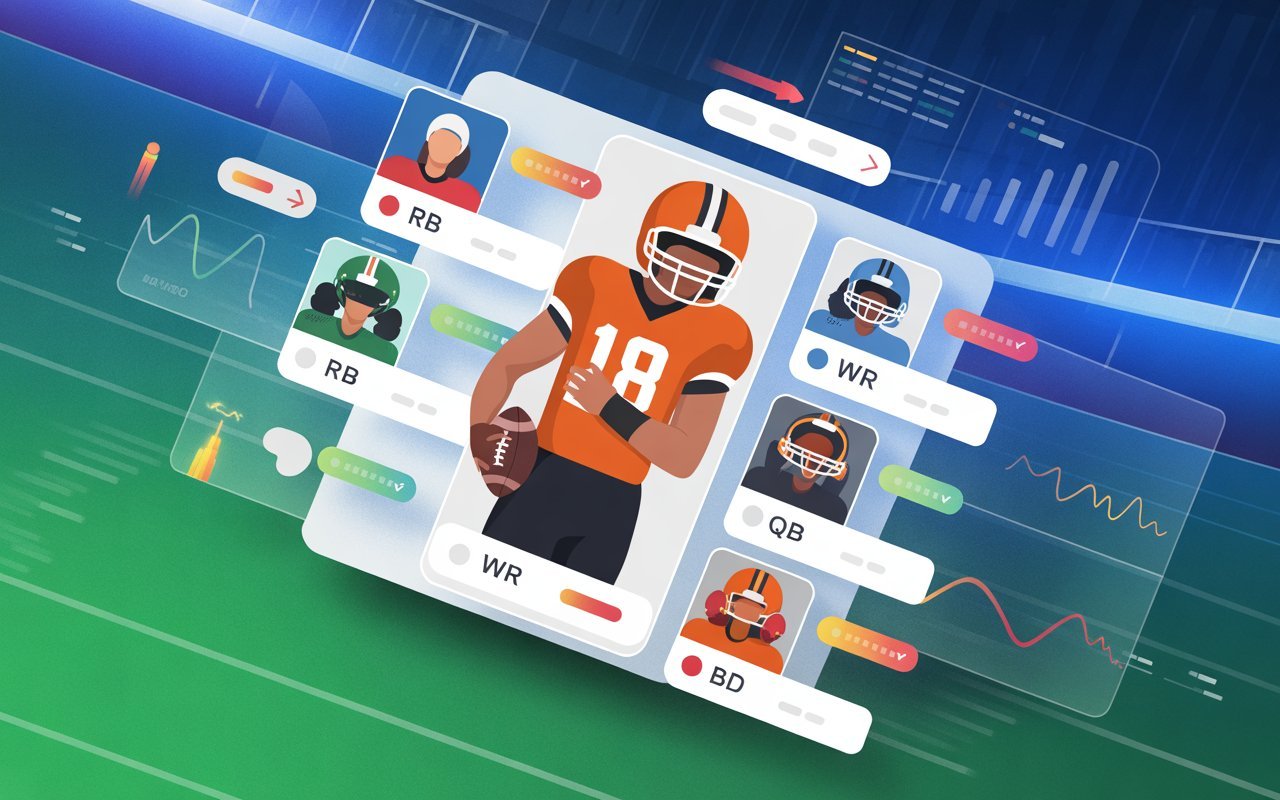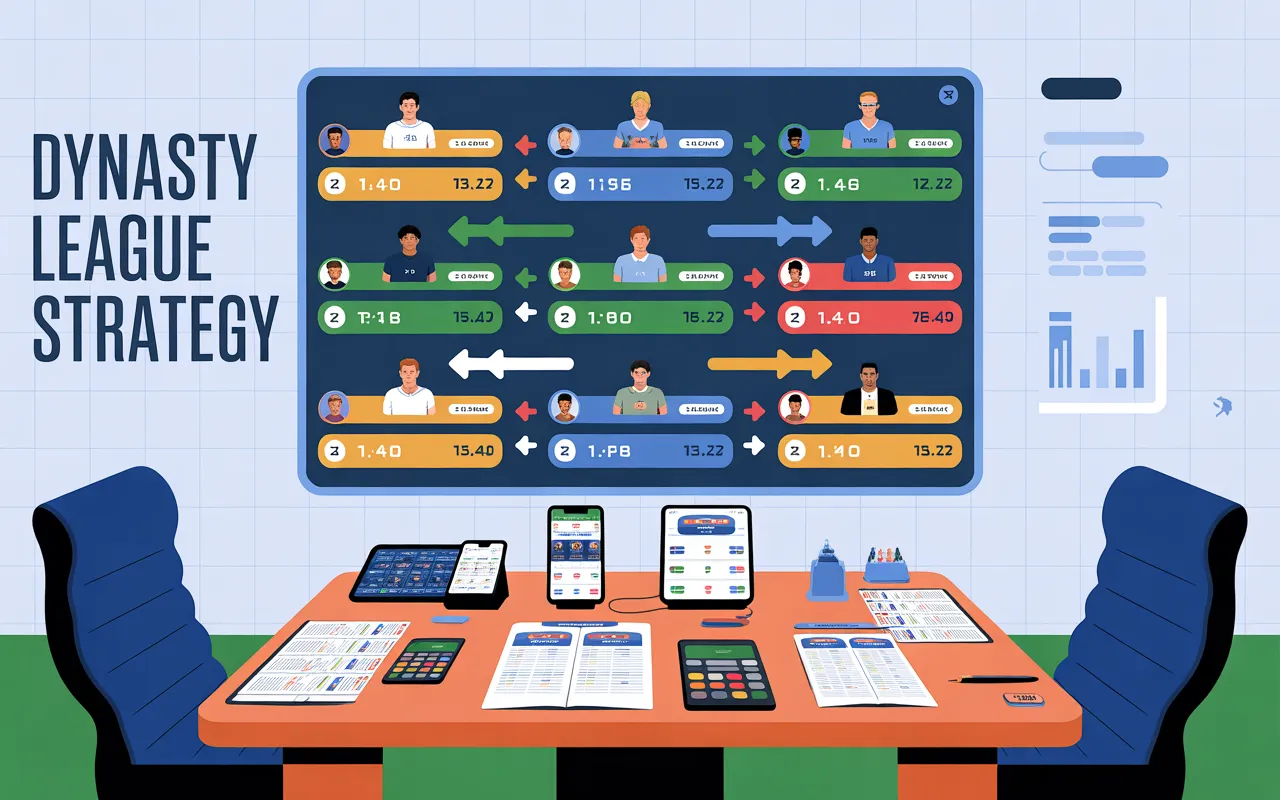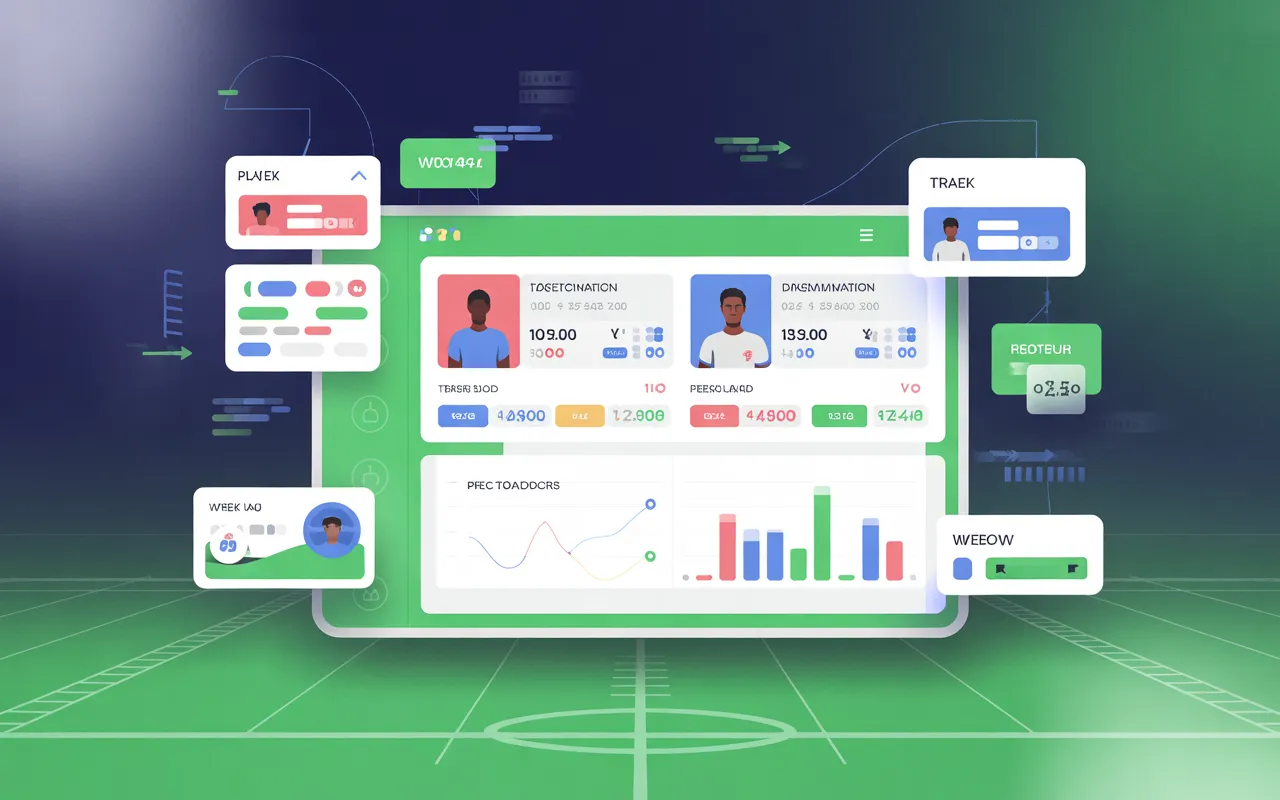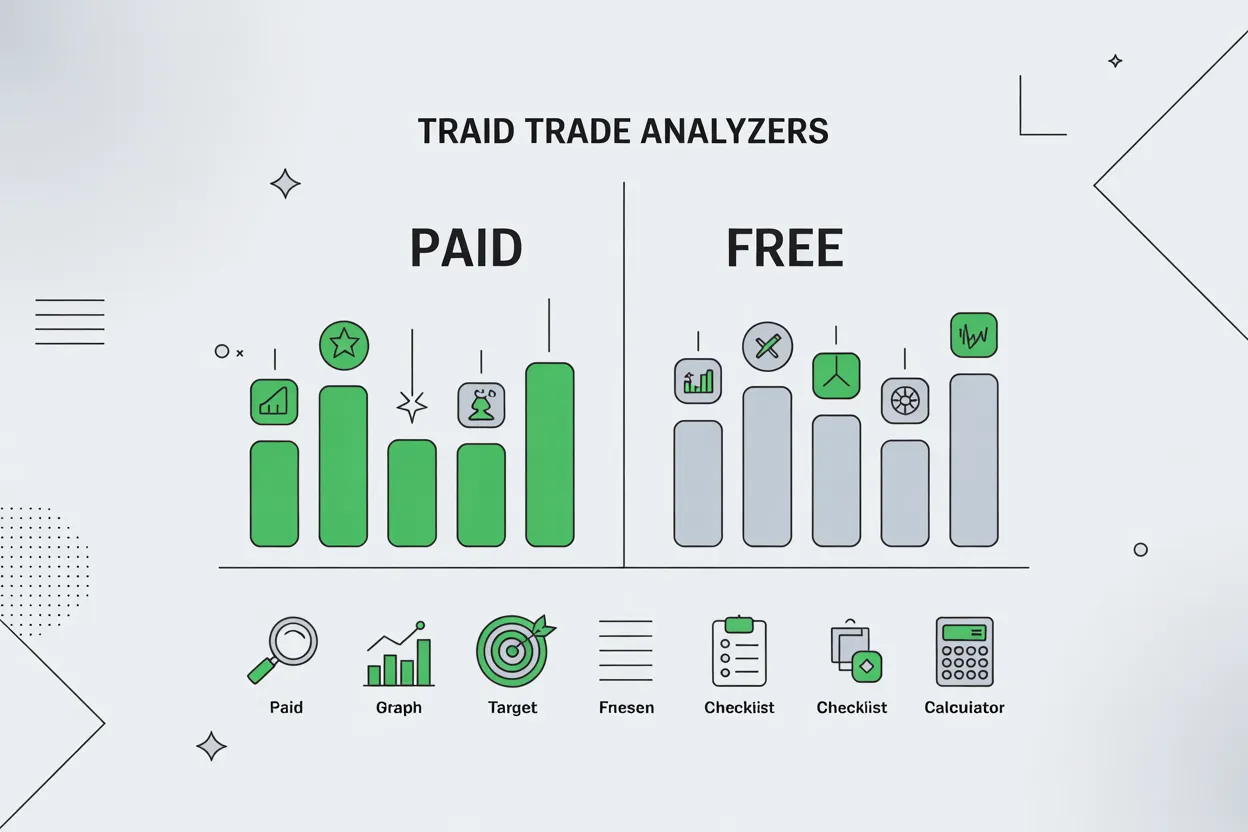Every season, millions of fantasy football managers chase that perfect draft. Yet only a handful truly dominate their leagues. What’s their secret? Most winners prepare smarter not harder using a Fantasy Draft Kit Guide that’s more than just rankings and cheat sheets.
In 2025, the competition is tougher, analytics are sharper, and player movement happens faster than ever. Whether you play on ESPN Fantasy Football, Yahoo Fantasy Sports, or Sleeper App, one bad draft decision can derail your season. That’s why understanding every piece of your Fantasy Draft Kit Guide is essential.
This guide breaks down 10 actionable tips that blend expert insights, analytics, and game-theory strategies. Plus, I’ll show you how Fantasy Trade Analyzers can help you refine draft value and trade smart all season long.
Not sure if it’s the right time to make your next move? Check out our guide on When To Accept A Fantasy Football Trade Now for expert tips before you decide.
1. Master the Basics: Know What’s Inside a Fantasy Draft Kit
A Fantasy Draft Kit Guide is your roadmap to success. It includes player rankings, ADP (Average Draft Position), mock drafts, tier lists, and cheat sheets. Most players download these from sites like FantasyPros Draft Wizard, Rotowire, and PFF (Pro Football Focus) but not everyone uses them correctly.
Inside a top 2025 Fantasy Draft Kit Guide for PPR Leagues, you’ll find:
- Complete Fantasy Draft Strategy and Player Rankings
- Printable Fantasy Draft Cheat Sheet and Guide
- Fantasy Draft Preparation Checklist 2025
- Fantasy Draft Kit with Custom League Settings
Tip: Update your kit weekly. As NFL Training Camp and preseason reports roll in, player value changes fast. A rookie’s snap count or target share can shift dramatically.
👉 Pro move: Before you finalize any rankings, run the trade through Fantasy Trade Analyzers to see how values compare across formats.
2. Use Advanced Analytics to Build a Competitive Edge
Numbers matter. Real pros don’t draft by name — they draft by data. Metrics like air yards, yards after catch (YAC), expected fantasy points (xFP), and touchdown rate can separate elite picks from overhyped busts.
Modern Fantasy Draft Kit Guides should highlight:
- Efficiency metrics (e.g., red-zone targets, player usage rate)
- Strength of schedule by position
- Projected points based on historical performance
- Game script analysis
Many ignore these stats, but experts like Mike Clay and Evan Silva emphasize that advanced analytics reduce draft-day guesswork.
Use analytics + intuition together. For example, if Matthew Berry ranks a player high but your projections show low red-zone usage rethink that pick.
3. Adapt to Your League’s Format and Rules
Your Fantasy Draft Kit Guide should adapt to your exact league type whether it’s dynasty, keeper, best ball, superflex, or auction draft.
Here’s what to include for each:
- Dynasty Leagues: Focus on rookies, breakout players, and long-term potential.
- Keeper Leagues: Analyze player trends and multi-year consistency.
- Auction Drafts: Use value-based drafting (VBD) to assign dollar amounts.
- PPR / Half-PPR: Target high target share receivers and pass-catching RBs.
- Superflex or 2QB: Prioritize quarterbacks earlier scarcity wins here.
Each league rewards different traits. Don’t rely on one-size-fits-all rankings customize your kit.
👉 Try the Fantasy Trade Analyzers tool now to simulate trades in your league format before draft day.
4. Manage Risk vs. Upside Like a Pro
Every draft is a balance between safety and potential. Some players have high floors (consistent points), others have league-winning ceilings but carry injury or performance risk.
To master this, your Fantasy Draft Kit Guide should show risk scores and upside ratings. Combine that with historical accuracy compare how analysts like Jake Ciely, Pat Fitzmaurice, and JJ Zachariason performed last year.
Use the portfolio drafting approach:
- Early rounds: Safe, high-floor players.
- Middle rounds: Upside sleepers and rookies to watch.
- Late rounds: Lottery tickets or handcuffs (e.g., handcuff running backs).
5. Leverage Psychology and Game Theory
Drafting isn’t just numbers it’s human psychology. Learn to read patterns in your league. When managers start a positional run (like everyone grabbing QBs), resist the panic.
Use game-theory tactics:
- Draft opposite of the trend.
- Bluff by queuing players to bait opponents.
- Track who needs what positions.
Field Yates calls this “mental leverage.” Staying calm wins drafts. And if you’re unsure how your draft compares value-wise, run your mock through Fantasy Trade Analyzers to check balance.
6. Track Cost and Value During the Draft
Real-time value tracking is often overlooked. Tools like Fantasy Football Calculator, FantasyPros Draft Wizard, and Draft Analyzer can estimate how much “value” remains on the board.
Try maintaining a value table:
| Round | Ideal Position | Target Player | Projected Points | ADP Value |
|---|---|---|---|---|
| 1–2 | RB/WR | Elite Tier | 250+ | Match ADP |
| 3–5 | WR/QB | Solid Starter | 200–220 | Slight Reach |
| 6–10 | TE/FLEX | Breakout | 150–180 | Value Pick |
| 11+ | Bench/Fliers | Sleeper Picks | 100–130 | High Upside |
Track every move. A smart drafter knows not just who they drafted, but what value they extracted.
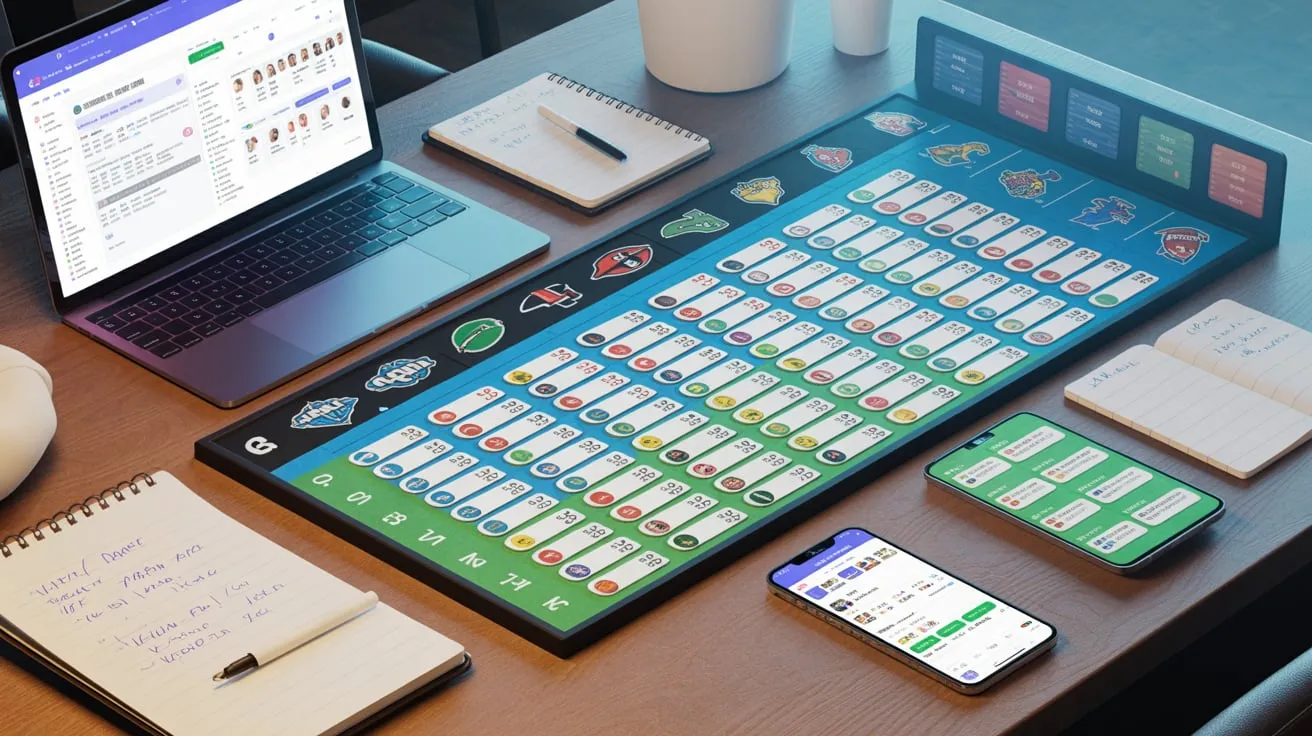
7. Compare Formats and Learn from Variance
Few guides explain why some strategies fail in certain formats. For example, a Zero RB Strategy works better in PPR than standard leagues, while Hero RB Strategy fits half-PPR.
If you’re in TE-premium or IDP (Individual Defensive Players) leagues, adjust accordingly. IDP value comes from snap count, tackle rate, and game script not just sacks.
Fantasy Alarm, FootballGuys, and NumberFire publish position-specific projections you can cross-reference. Then, plug those into Fantasy Trade Analyzers to check long-term trade impact.
8. Learn from History: Backtest Rankings vs. Outcomes
One powerful yet ignored tactic: backtesting. How accurate were last year’s rankings? Did NFL Fantasy or CBS Sports Fantasy outperform Yahoo Fantasy Sports in projections?
Compare projected points vs actual outcomes using StatMuse or PFF data. Note analysts who consistently overshoot or undershoot player performance.
This is how sharp managers gain an edge they draft based on evidence, not hype.
9. Draft Day Logistics and Mental Prep
Preparation beats panic. Before draft day:
- Print your cheat sheet and tier list.
- Charge your devices.
- Prepare backup connections.
- Study depth charts and injury reports.
- Use a mock draft simulator for confidence.
Also, know your bye week planner. Avoid loading too many key players on the same week off.
As Chris Towers says, “The calmest mind wins the craziest draft.” Stay composed, plan ahead, and double-check trades later with Fantasy Trade Analyzers.
10. Keep Updating In-Season Momentum
Most guides stop at draft day don’t. Monitor in-season volatility. Players’ snap share, target growth, or coaching changes can shift rankings weekly.
Set a Draft Kit Reset Checklist every Sunday:
- Update player usage rates.
- Review waiver wire pickups.
- Watch NFL preseason developments.
Follow analysts like Adam Schefter and Ian Hartitz for news.
Use tools like Sleeper Bot Notifications or Rotoworld for breaking updates. Staying adaptive wins championships.
👉 Use Fantasy Trade Analyzers weekly to recalculate value as new data arrives.
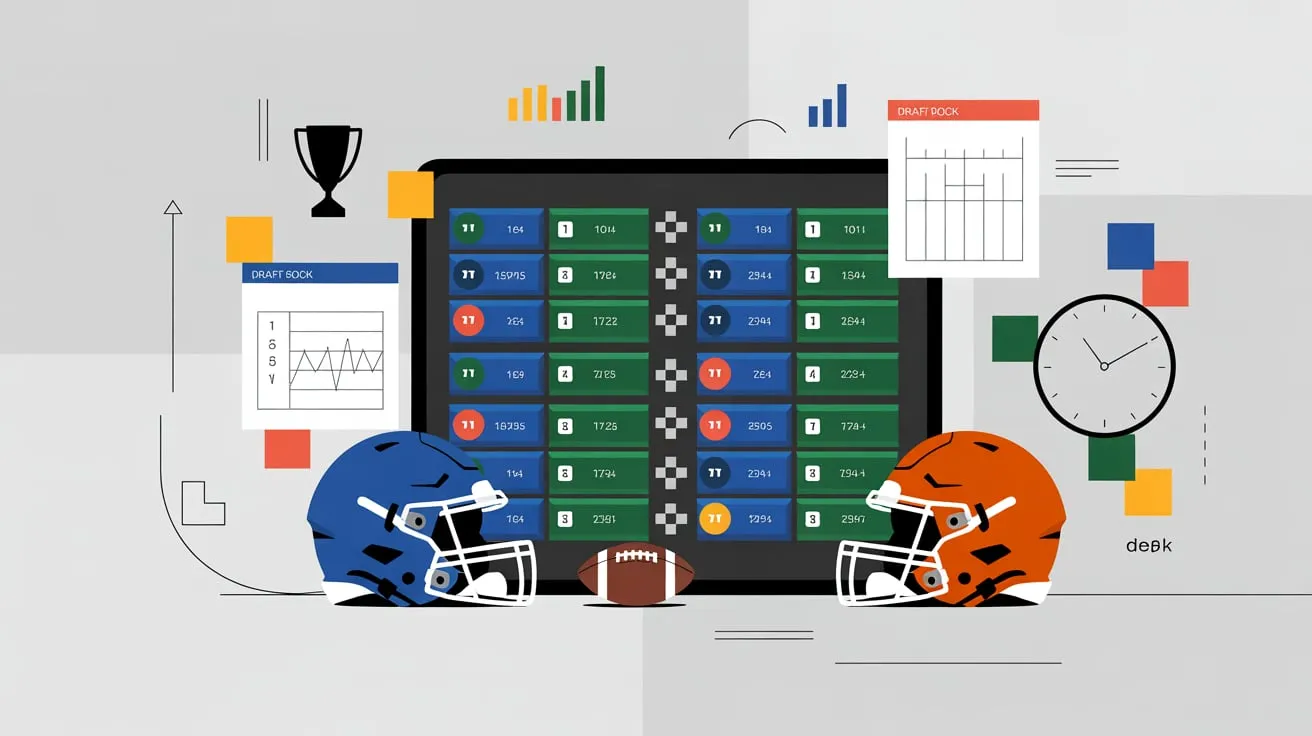
My Personal Experience: The Lesson of Ignoring Data
A few years ago, I drafted purely on instinct no data, no structure. I skipped ADP research and drafted a “gut feeling” sleeper. He ended up injured by Week 3. My season collapsed.
The next year, I used a Fantasy Draft Kit Guide that tracked player usage, strength of schedule, and expected fantasy points (xFP). I also ran every trade through Fantasy Trade Analyzers to ensure value balance. I finished 2nd overall my best season yet.
Lesson learned: data + discipline = domination.
Expert Quote
“Preparation is the most underrated skill in fantasy sports. The best managers treat drafts like investments — every pick has ROI.”
— Matthew Berry, NBC Sports Edge
Real Example
In 2024, Jason Miller from Texas used the Fantasy Draft Kit Guide for ESPN and Yahoo Leagues along with Fantasy Trade Analyzers. By comparing projections across Rotowire, FantasyPros, and 4for4 Fantasy, he improved his draft efficiency by 27%. He finished first in his FanDuel league and won $800.
Stat: According to FantasyPros (2024), managers who use structured draft kits are 62% more likely to finish top-3 in their leagues.
FAQs
1. What is a Fantasy Draft Kit Guide?
A Fantasy Draft Kit Guide is a complete set of rankings, projections, cheat sheets, and draft strategies to help fantasy football players make data-driven picks. It includes analytics, mock drafts, and tools like Fantasy Trade Analyzers for in-season trade evaluation.
2. How often should I update my Fantasy Draft Kit?
Update it weekly during NFL Training Camp and preseason. Player value changes with news, injuries, and depth chart shifts. The best kits, like the one paired with Fantasy Trade Analyzers, stay dynamic all season.
3. What makes a good Fantasy Draft Kit different from others?
A top kit includes advanced analytics, custom league settings, risk vs upside scores, and historical backtesting. It adapts to every format PPR, dynasty, or auction draft strategy.
4. Why should I use Fantasy Trade Analyzers instead of others?
Because it delivers real-time trade insights, custom league compatibility, and data-driven player comparisons something generic kits lack. Try the Fantasy Trade Analyzers tool now to instantly see trade value shifts.
5. How do I use a Fantasy Draft Kit Guide effectively?
Start with mock drafts, track ADP, and note strength of schedule. Use Fantasy Trade Analyzers to cross-check trade fairness and project season-long value.
Conclusion
Winning your fantasy league doesn’t come from luck it comes from preparation. A solid Fantasy Draft Kit Guide gives you rankings, data, and confidence to draft like a pro. Combine that with Fantasy Trade Analyzers, and you’ll have a real-time tool that ensures your every move adds value.
Stay informed, stay adaptable, and stay ahead of your competition.
Try our free Fantasy Trade Analyzers tool today and get instant trade insights.


